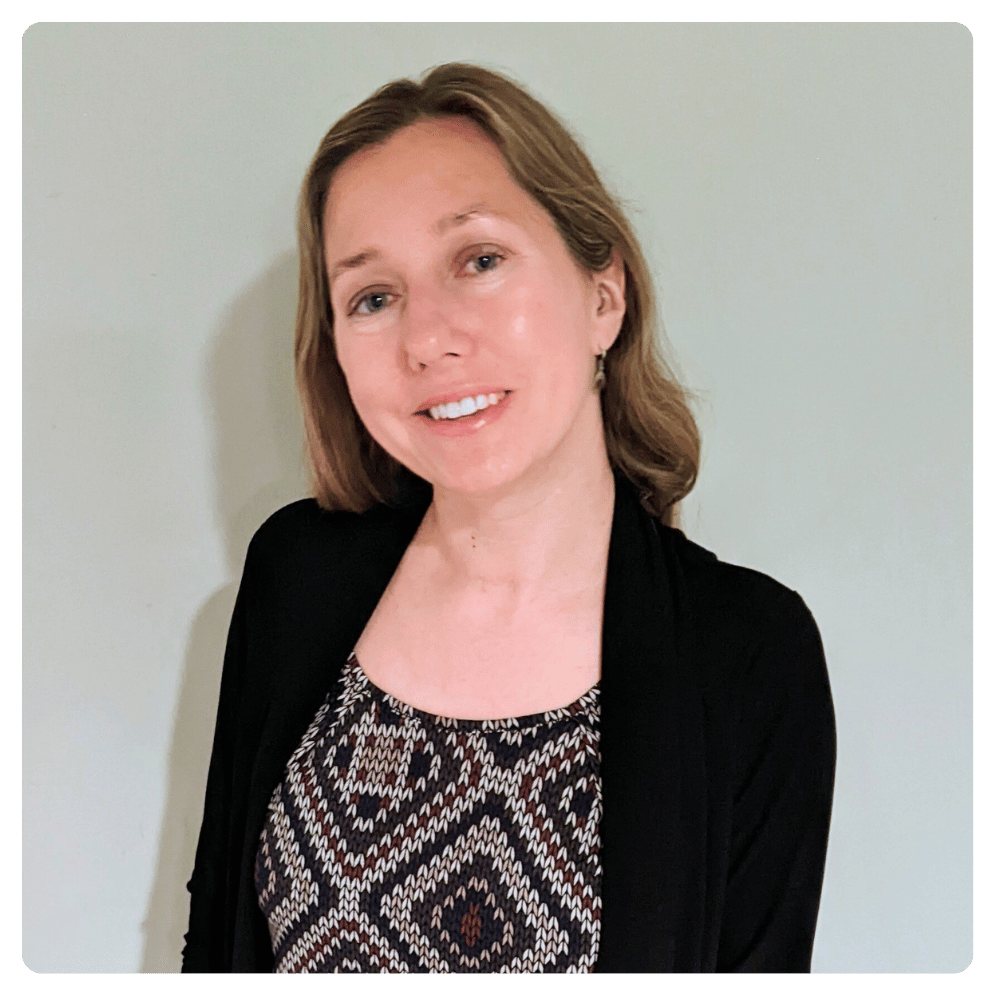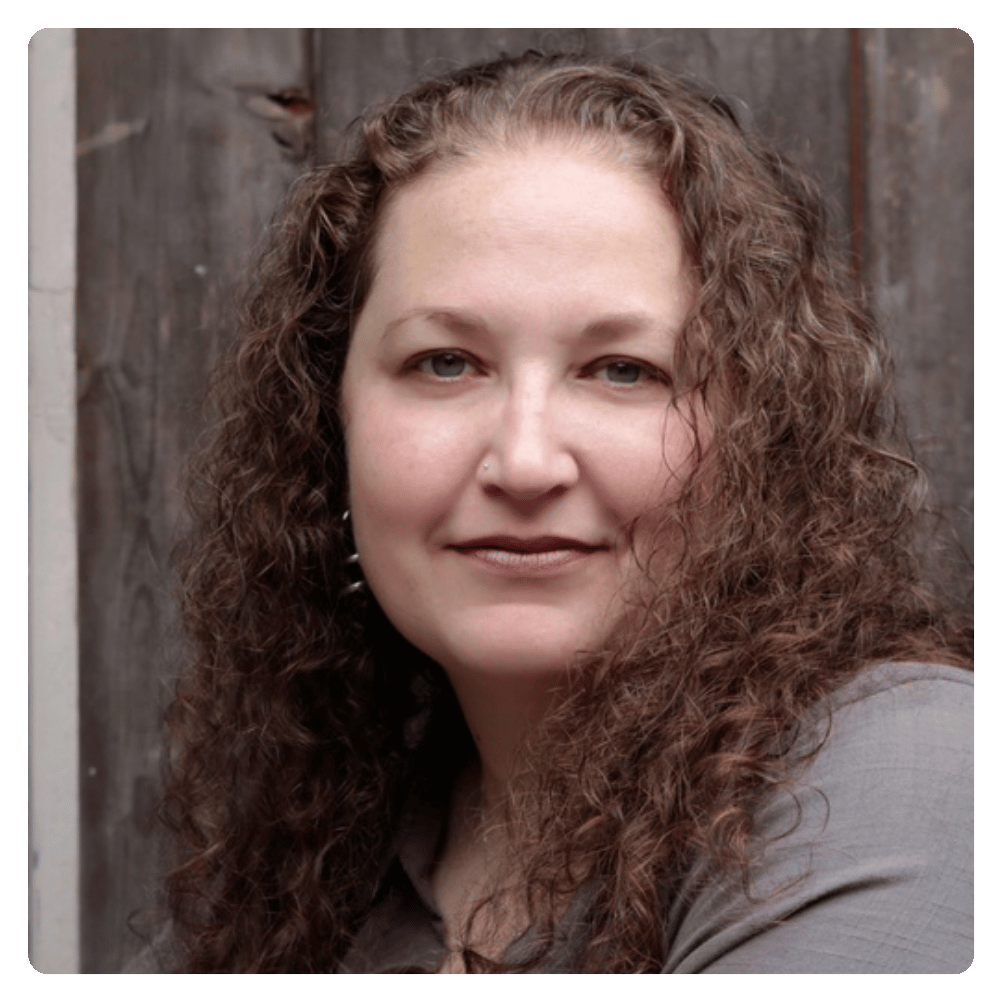
Our final webinar of 2024, titled “Sex Positivity and Inclusivity: Transforming Treatment for People Who Have Sexually Abused,” attracted over 700 registrants, demonstrating a significant interest in enhancing professional understanding and strategies for addressing the complexities of human sexuality within therapeutic contexts.
The event fostered a dynamic exchange of ideas, with participants actively engaging in the discussion. While time constraints prevented us from addressing all questions during the live event, several panelists have generously provided responses to additional inquiries. We invite you to explore these insights below, which offer further depth and perspective on the topic of sex positivity and inclusivity.
Missed the live webinar? You can access the recording through the On-Demand Webinar Library by clicking here.
You’ve spoken about the importance of respectful language. Isn’t the term “deviant” itself pejorative?

Molly Shepard: Working with individuals from marginalized groups offers a window into the potentially harmful impact language can have on one’s self-concept, interactions with others, and view of the world. I suspect most of us have identities about which we received hurtful comments at some point in our lives that left a lasting negative impact. The term “deviant” scientifically refers to a deviation from the norm, or movement away from the area on the bell curve considered “average.” Deviance is meant to identify outliers and statistically rare occurrences, populations, or other related constructs. To that end, the term “deviant” in the sexual offending world might well suggest someone holds interests that are considered unusual or less common to the general population.
Additionally, the STABLE-2007’s item, Deviant Sexual Interests, has specified coding guidelines that help explain someone’s interests in relation to sexual recidivism and criminogenic needs to address in treatment. Therefore, the use of “deviant” might well be highly applicable when considering normative distributions and scoring instructions for sexual risk tools. However, it is often loosely applied to individuals or otherwise generalized to entire populations—such as individuals with sexual offense histories or those with kink or paraphilic interests. Much like how we consider having paraphilic interest(s) separate from being diagnosed with a paraphilic disorder, “deviant” should be referred to specific constructs rather than generally referred to for anyone with an unusual or less common interest.
The panel did a wonderful job addressing the role of kink in the consent community. What recommendations do they have for clients whose interests are almost exclusively illegal and the objects of their desire can’t consent?

Nikole Nassen: This is a very challenging situation, and having a strong therapeutic alliance can be crucial to processing these areas and helping clients make difficult decisions. In these cases, I talk to clients about whether acting on their interests would move them closer to or further away from the goal of not reoffending. In the end, if acting on interests is moving them closer to reoffending, as would be the case here, then we would process how acting on these interests is inconsistent with their goals. We would explore the function of their interests (what is arousing about the lack of consent?) and see if we can get these needs met in healthy ways. For example, with a client who was aroused to punishing people by engaging in non-consensual acts, I’d explore where that desire came from, why they wanted to do this, and how they might assertively express feelings of anger or hurt in healthy ways. Or I might help them look for ways of feeling more in control in other areas of their life. The direction we go depends on what the need is. In the meantime, I’d also encourage/reinforce sexual expressions in only consensual sexual activity. We’d acknowledge that these activities may not be as exciting to the client, but if a goal of the client is to be able to engage in sexual activity while also not reoffending, then we need to find legal and consensual ways of doing so. Motivational Interviewing and the DBT skill Radical Acceptance can be helpful here.
I’m curious how the panel would reconcile sex positivity with risk assessment. For example, the STABLE-2007 suggests people who attend S&M clubs would score highly on the sexual deviance item. Would you score this highly still and consider it “deviance”?
Molly Shepard: This is where conceptualization is crucial—scoring criteria should absolutely be followed as intended, which makes explaining “the why” that much more important for individuals who endorse less common or unusual interests. I suggest including a literature review on kink interests and BDSM practices along with the relevant risk tools and then integrating both into the risk formulation. Someone who attends S&M clubs presumably has more knowledge and practice in kink concepts like sexual safety and consent (commonly, but not always). The spirit and literature informing items on the STABLE-2007 and other risk tools attempt to identify sexual self-regulation issues that increase someone’s risk of sexual re-offense and may need to be addressed in treatment. However, such scoring considerations fail to take into account how someone might be managing effectively while engaging in sexual activities that appear “risky.” It is essential for evaluators to describe the nexus between someone’s risk profile (informed by the risk tools used) and their cultural identities and life experiences (e.g., kink practices, paraphilic interests) to assist the reader in a holistic understanding of risk. For instance, sometimes, areas that are considered “deviant” could instead protect someone from sexual re-offense. Non-clinical professionals are unlikely to bridge that gap themselves unless it is thoroughly outlined and supported by literature in a case conceptualization.
Katie Gotch: I concur with Molly that conceptualization is crucial when assessing sexual deviance. I would also challenge that a client involved in kink activities would automatically be identified as having a sexually deviant interest on an instrument like the STABLE-2007. Unusual does not always mean deviant, especially when looking at the risk relevancy of the behavior for that specific client. While unusual interests are definitely incorporated within the risk/need assessments, particularly at the initial baseline assessment, the risk relevancy of the unusual behavior will require ongoing assessment as it may or may not be risk-relevant for that client. For example, there are risk-relevant differences between an emerging adult client who engaged in an inappropriate yet voluntary relationship with an adolescent and a client with a history of coercive, violent sexual behavior with multiple adults or children engaging in mutual BDSM activities with an age-appropriate partner – for the emerging adult client, it likely would not be risk-relevant whereas, for the client with a behavioral history of arousal to violence, it likely would be quite risk-relevant. Additionally, when assessing sexual deviance, it is integral to weigh the totality of the information and remember that a single incident does not equate an interest; rather, we are assessing patterns of behavior and frequency when identifying sexual interests.
How do we balance sex positivity and inclusivity with sexual preference for pre-pubescent children? Are there established methods for building healthy sex practices with these clients?
David Prescott: This is an excellent question. Researchers and practitioners have tried for years to find out what the most effective and humane approaches might be. Our discussion on sex positivity and inclusivity is about legal activities that involve clear consent. If we’ve learned anything from the kink community, it’s how important informed consent really is! Intrinsic sexual gratification from non-consenting and illegal activities, viewed through the lens of this webinar, reminds us that every client we see needs to be treated humanely, with empathy and compassion. Sex with pre-pubescent children is rightly against the law, given the unacceptable risk it poses for life-altering harm, not to mention the consequences for the person who commits these acts. My read on decades of research is that no one method is particularly effective in isolation. Ultimately, our task is to help people lead lives in which they can actively manage their interests and behaviors while still seeking to flourish in other areas of their lives.
Katie Gotch: I completely agree with David that no one method is particularly effective in isolation – the emphasis on the importance of individualization continues! I think, more than anything, from my understanding of the research and work with clients over the years, creating a safe and nurturing space to discuss their sexual interest in children is the first step to facilitating healthy sexual practices and outlets. And those healthy sexual practices and outlets will be different for each client, as each client will navigate the management of their sexual interests in differing ways. I truly feel our role, as David noted, is to help our clients to lead healthier lives and that can manifest in many different ways. Clients with a sexual interest in children often carry so much shame and fear regarding their interests, simply creating safety for them to explore their sexuality in a meaningful way can create opportunities for prevention and assist them in creating more fulfilling lives.
How can professionals keep discussions of sex positivity and inclusivity genuine and safe if that information is provided to probation & parole?
Katie Gotch: Our work is often difficult to navigate as we have multiple clients within the forensic realm – the client in front of us, the referral source, and promoting community safety – and this results in the involvement of external entities like parole/probation, the Courts, and similar. Sexual offense-specific work, in particular, is multi-disciplinary and most impactful when we are collaborating effectively across disciplines. To that end, developing collaborative relationships and connections with parole/probation officers is key to effective partnerships that support the client while also promoting public safety. It may seem at times that the goals of parole/probation and treatment may be in conflict, often as a result of system structures and expectations; however, our shared goal always remains the same: the prevention of sexual abuse. Recognizing and respecting the role each professional has is also helpful at bridging those divides, and ensuring regular and consistent communication can help minimize conflicts. I also view one of our roles as clinicians is to educate our collaborative partners about the research on topics like the importance of healthy sexual outlets and behaviors. Intimacy, including sexuality, is a natural and vital aspect of being human, and simply restricting all sexual outlets/behaviors, as sometimes still occurs, does not effectively mitigate risk. There should also be clear boundaries regarding what is and is not being shared with parole/probation – information sharing should be based on risk-relevancy, and there is no need for a supervising officer to know every single thing discussed in treatment as that can undermine the therapeutic process – and I can tell you from my work with numerous parole/probation officers over the years, they don’t want to know every single detail of treatment! It also requires a very clear informed consent process with the client to ensure understanding of what will and will not be shared with others.
As we consider sex positivity and inclusivity, what thoughts do you have for teens who look at adult pornography?
Nikole Nassen: We live in a time when pornography is incredibly accessible, and we can’t ignore the fact that teens view pornography. Unfortunately, pornography can often take the place of meaningful sex education, and teens (as well as adults) can get some unhelpful messages if this is the primary source of education. I believe part of our focus in this area is helping teens understand that, typically, what is shown in pornography is not the whole picture. What is common in terms of length of intercourse before ejaculation, communication between sexual partners, and other important elements of sexuality may not be emphasized. In pornography showing portrayals of kink, the careful negotiation, safety planning, and consideration of each partner’s desire or intent for the scene typically are not shown.
Is there any interactive effect with the rise in prevalence of Autism?
David Prescott: In my view, the only answer is that we don’t know. The early days of our work were entirely focused on managing risk. As we learned more and became more proficient at this, other important areas emerged. Now that we have a better understanding of human sexuality and autism spectrum disorders, we can start to ask these questions. For context, it seems that we know a lot more about Autism now than we did 20 years ago. At that time, autistic people’s sexuality was only very rarely ever addressed, and primarily with a goal of limiting it (i.e., focusing on abstinence-related goals). Likewise, we know a lot more about human sexuality than we did in the early 2000s, including just how diverse it actually is. The task for professionals now is to practice humility and non-judgment while conducting the highest quality of assessments in order to help autistic clients thrive in their lives while managing whatever risks may arise.
How do we emphasize and encourage sex positivity for individuals with intellectual disabilities or autism who struggle to connect socially and find acceptance within their peer group?
Nikole Nassen: I believe educating other individuals within the client’s support network (such as parents and case managers) and normalizing that sexual expression is a very real human need might help prepare the support network when there are social challenges. With our clients, we want to talk about both approach and avoidance goals. By this, I mean that it’s not enough to simply talk about what not to do. Setting healthy boundaries is important, but we also want to talk to our clients about their sexual interests, provide resources, and discuss how to meet these needs in socially acceptable ways.
Katie Gotch: Again, it is all about individualization and recognizing the unique ways sexuality may present in differing ways for clients with differing presentations, needs, and capacities. Nikole highlighted the importance of educating the client’s support network, which is a key component for success as those providing support – often parents – may struggle with recognizing the natural physiological maturation that includes sexual development and needs, even if the individual may developmentally present as younger than their chronological years. Recognizing these needs assists the client and their support network in navigating and exploring ways to meet sexual needs in a healthy manner – this includes unique interests that may be linked to neurodivergent or related features because, again, a sexual interest or behavior may be unusual yet not risk-relevant for that client. Similarly, it is important for us to recognize our own biases regarding sexual behaviors and focus again on risk-relevancy; if a client has sexual interest in urophilia or presents with a foot fetish and this interest is unlikely to change, my approach would be working with the individual on how to assist them in finding mutually consenting and meaningful ways to meet their sexual needs rather than trying to alter or change the unusual sexual interest.
What about those who are asexual? This spectrum seems to be underrepresented in education and research.
Molly Shepard: Of course, more research and education would be helpful to address all queer (and kinky) identities. I suspect asexuality appears less commonly in the sexual offending world, given the lack of sexual interest inherent to the orientation. It might well serve as a protective factor against future offending for someone who has engaged in sexually harmful behavior, though it might alternatively cause distress and a sense of isolation given the limited available resources. Similar to other less common identities, it would likely be most helpful when working with someone who identifies as asexual to validate and explore to the extent they wish to do so. Clinicians should be sure to educate themselves separately from their clients and then invite exploration to learn about the client’s lived experiences. After all, cultural inclusivity is best practiced in humble collaboration.
Missed the live webinar? You can access the recording through the On-Demand Webinar Library by clicking here.


